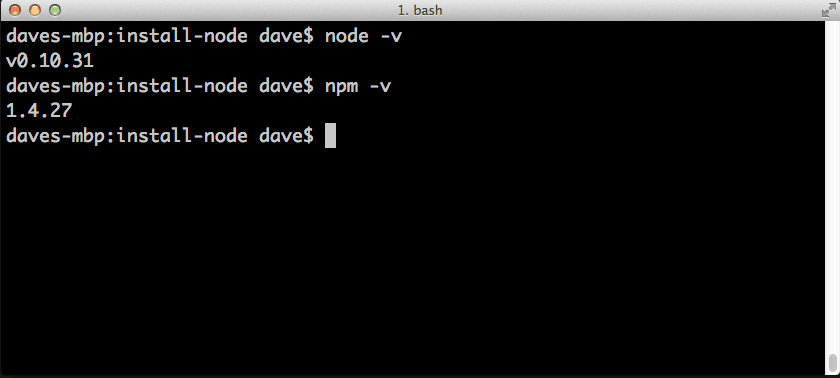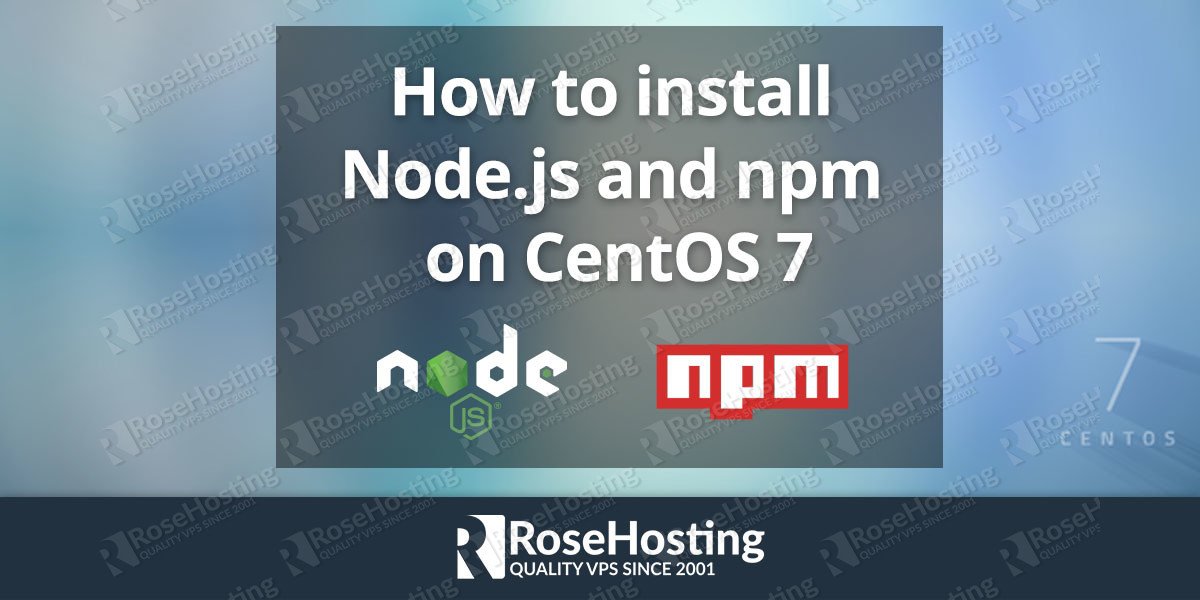
NPM is the world’s largest software registry. It is used for traditional web sites and back-end API services but was designed with real-time, push-based architectures in mind. Here's an example of how these fields would look in a is primarily used for non-blocking, event-driven servers due to its single-threaded nature. This metadata helps identify the project and acts as a baseline for users and contributors to get information about the project. Inside a package.json, you'll almost always find metadata specific to the project - no matter if it's a web application, Node.js module, or even just a plain JavaScirpt library. Let's break down the core parts of a typical package.json file: Specific Metadata: name, version, description, license, and keywords What is a package.json file?Īt its simplest, a package.json file can be described as a manifest of your project that includes the packages and applications it depends on, information about its unique source control, and specific metadata like the project's name, description, and author.

An Absolute Beginner's Guide to package.jsonĪs a general rule, any project that's using Node.js will need to have a package.json file.

Really understanding npm as a tool, understanding the core concepts, can be something that's difficult for a beginner - I spent many hours just trying to figure out small details that would seem minor or be taken for granted by others.Īs such, I've written up a basic and detailed guide for understanding npm, for those who are entirely new to Node.js, npm, and the surrounding ecosystem.

Using npm effectively is a cornerstone of modern web development, no matter if it's exclusively with Node.js, as a package manager or build tool for the front-end, or even as a piece of workflows in other languages and on other platforms.


 0 kommentar(er)
0 kommentar(er)
